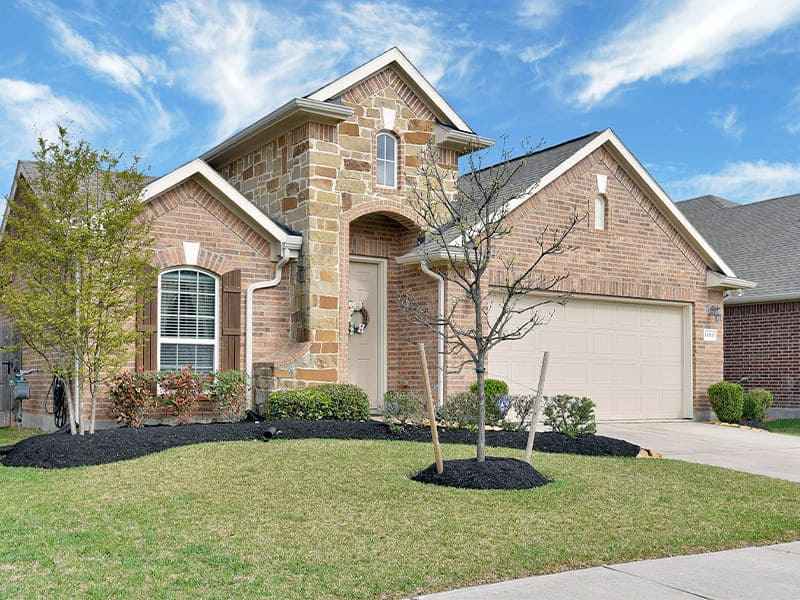Remediation: Transformation and Restoration for Improvement
Reading time:

The essence of renovation is not just the cosmetic updating of facades and interiors, but also in deeper changes aimed at improving the efficiency, stability and functionality of the structures. This process includes analyzing the current condition of a building, identifying potential problems and developing comprehensive solutions to correct them.
A key factor in renovation is the use of innovative technologies and materials that can improve the energy efficiency and ecological sustainability of properties. This includes the installation of modern heating, ventilation and air conditioning technology, the use of insulation and low energy consumption materials and the introduction of “green” technologies to minimize environmental impact.
In addition, renovation includes adapting buildings to modern requirements and standards, such as accessibility for people with limited mobility, compliance with strict hygiene and technical standards, and professional ;considering changing user needs and preferences.
Ultimately, renovation allows for a significant extension of the lifespan of buildings, increasing their value and attractiveness to users, as well as their competitiveness in the modern market environment.
Types of renovation
Remediation is a versatile process applied in various areas and sectors, including:
- Building and structural renovation: This type of renovation covers a wide range of properties, from homes to offices and public buildings. Building renovation involves a thorough analysis of the condition of structures, internal systems and infrastructure to identify potential problems and develop comprehensive solutions. This may include repairs and upgrades to the foundation, roof, heating and air conditioning systems, as well as updating the interior to increase the comfort and safety of residents or visitors.
- Health care renovation: This type of renovation focuses on modernizing medical facilities and clinics to ensure higher quality medical care and better conditions for patients and staff. This may include the reconstruction and modernization of operating rooms, patient rooms, outpatient clinics and other premises, as well as improving ventilation, disinfection and security systems to prevent the spread of infections and meet health standards.</ li>
- Rehabilitation in an ecological context: This type of rehabilitation aims to modernize infrastructure to improve ecological sustainability and reduce negative impacts on the environment. This may include installing solar energy systems for clean energy production, upgrading water treatment and waste treatment systems, and creating “green” areas and pedestrian zones to reduce emissions and improve air quality.</ li>
Renovation process
The renovation process consists of several important phases, each of which plays a crucial role in the successful implementation of the project:
- Preliminary assessment and planning: At this stage, a thorough examination of the renovation object takes place, the determination of the customer’s goals and requirements, and the development of a project strategy and budget. It is important to consider all aspects, from technical features to time and resource constraints.
- Use of engineering and technical solutions: In this phase, optimal methods and technologies for the implementation of the renovation are identified. selected according to the set goals. This includes analyzing structures, selecting materials and tools, and developing detailed action plans.
- Financial and organizational aspects: Management of finances and resources plays a crucial role in the successful completion of the renovation project. This includes budget planning, expenditure planning, purchasing materials and equipment, as well as organizing the work of the team of specialists.
- Execution of the renovation: In this phase, the physical works to implement the planned project are carried out. Construction work, reconstruction, installation of equipment and other measures will be carried out in accordance with the agreement. the approved plan and schedule.
- Quality control and evaluation of results: After completion of the work, a thorough check of the quality of the tasks carried out and an assessment of the results achieved are carried out. This makes it possible to ensure that the project meets the established standards and meets the needs of the client.
Advantages and benefits of renovation
The remediation process brings a variety of significant benefits and benefits to both property owners and the environment. Let’s expand our understanding of these benefits:
- Improving the condition and extending the lifespan of objects: Renovation makes it possible to renew old and worn-out structures and prevent possible damage and material degradation. This not only improves the appearance of the buildings, but also extends their lifespan, ensuring long-term preservation of the value of the investments.
- Increasing efficiency and resistance to external influences: Modern renovation methods make it possible to strengthen structures, improve thermal insulation and update heating and ventilation systems , which increases the comfort and safety of residents. In addition, improving resistance to natural events reduces the risk of damage and the need for expensive repairs in the future.
- Economic and environmental benefits: Renovation leads to significant cost savings in the maintenance and use of objects by increasing energy efficiency, reducing resource consumption and improving the performance of engineering systems. This enables long-term cost savings and reduces the negative environmental impact by reducing emissions and energy consumption.
Conclusion
Renovation is an important tool for modern real estate and infrastructure management. Through the renovation process, significant improvements in the condition and functionality of objects can be achieved, leading to an increase in their value and benefit to society.
